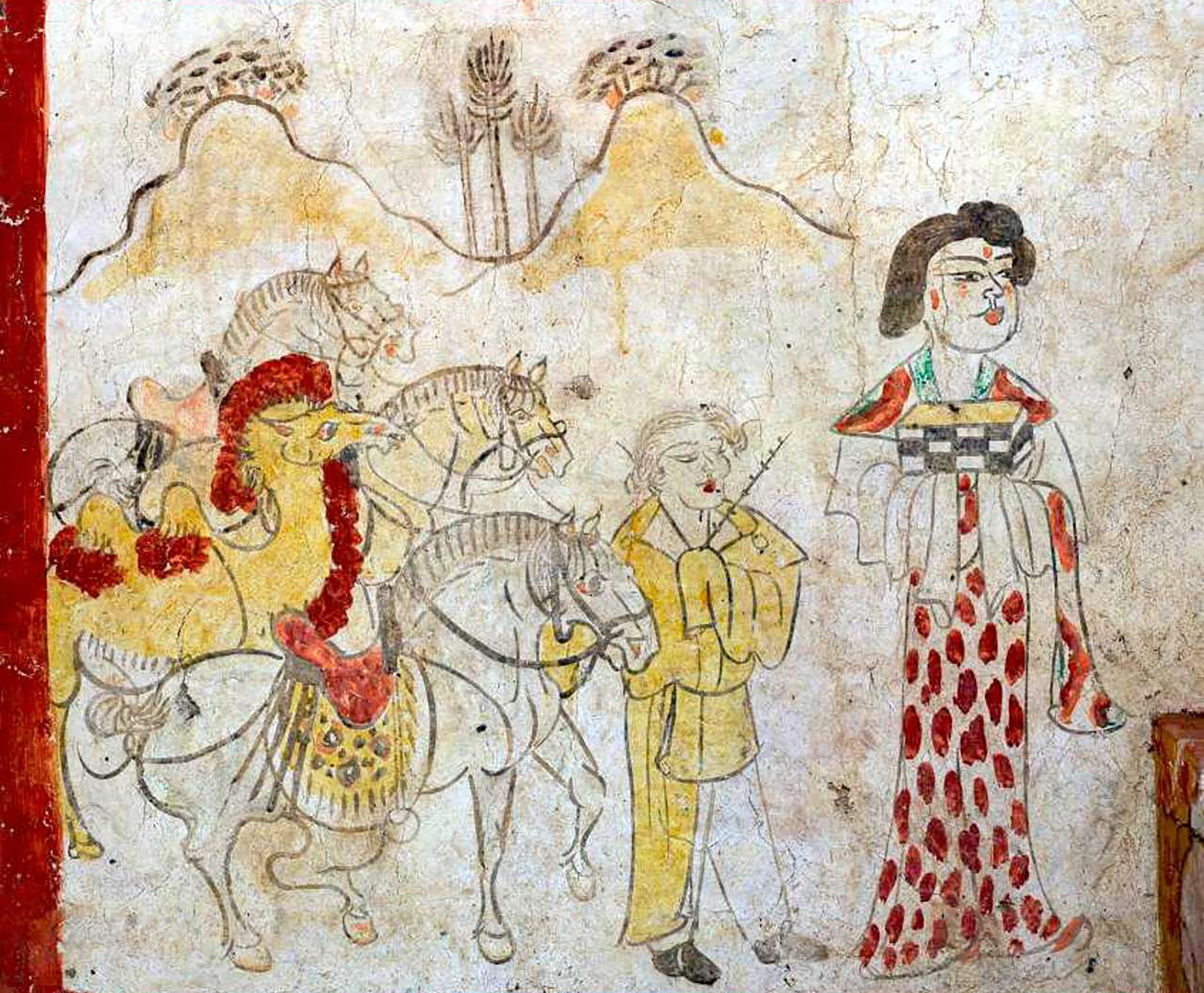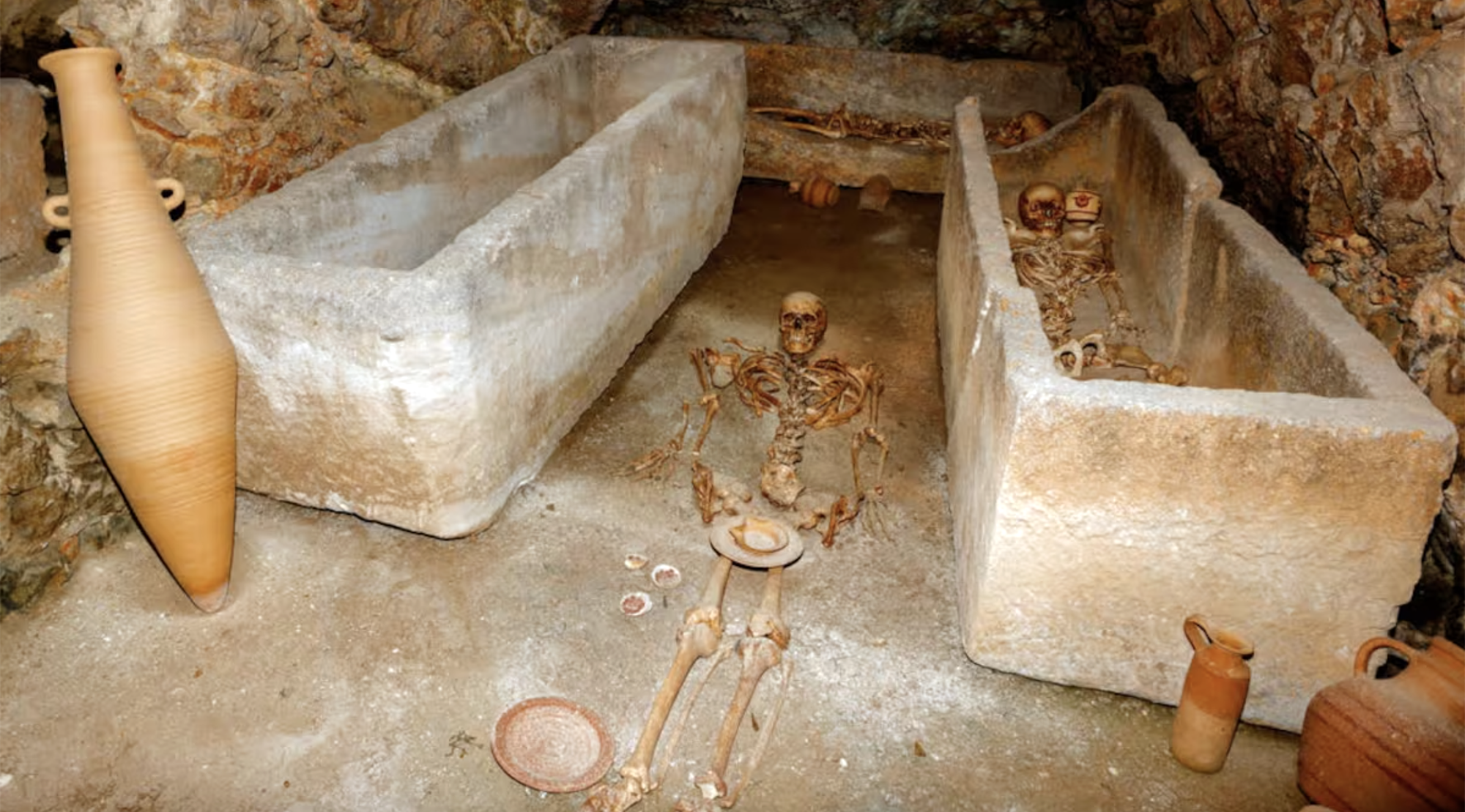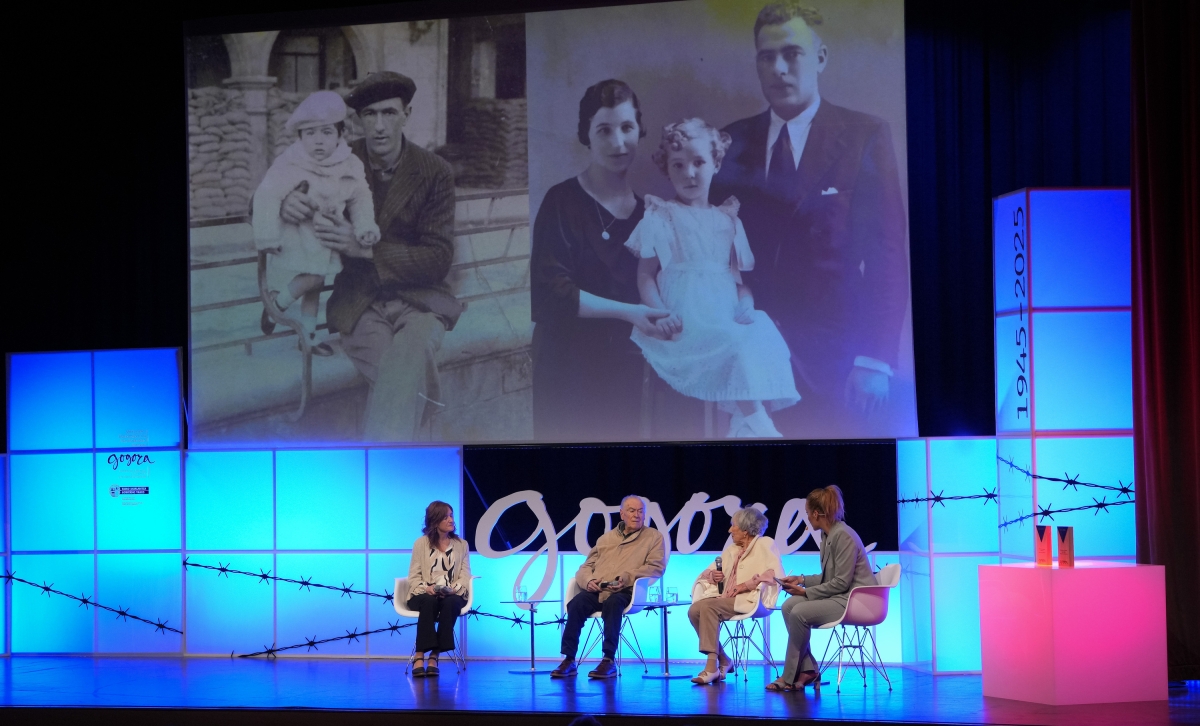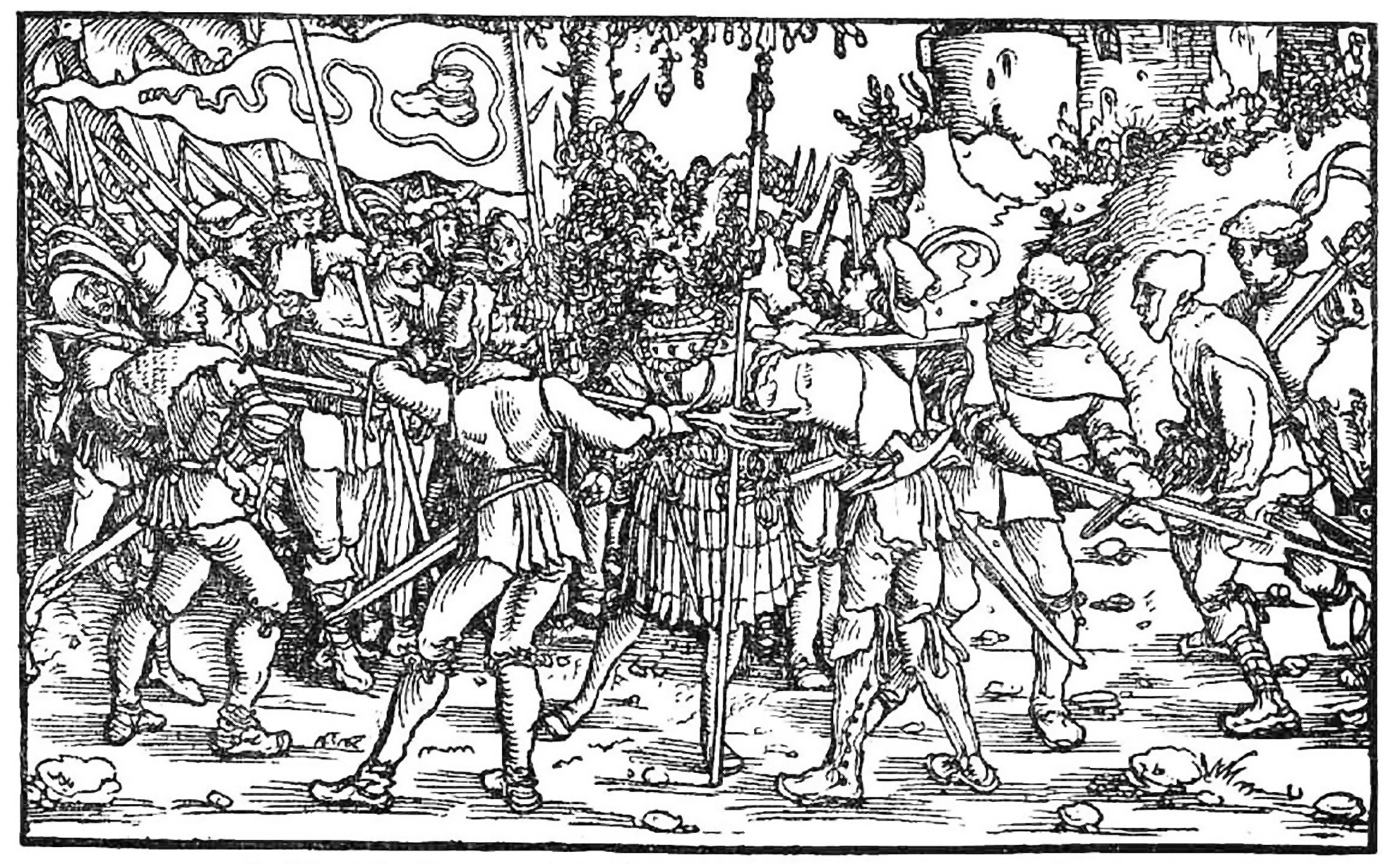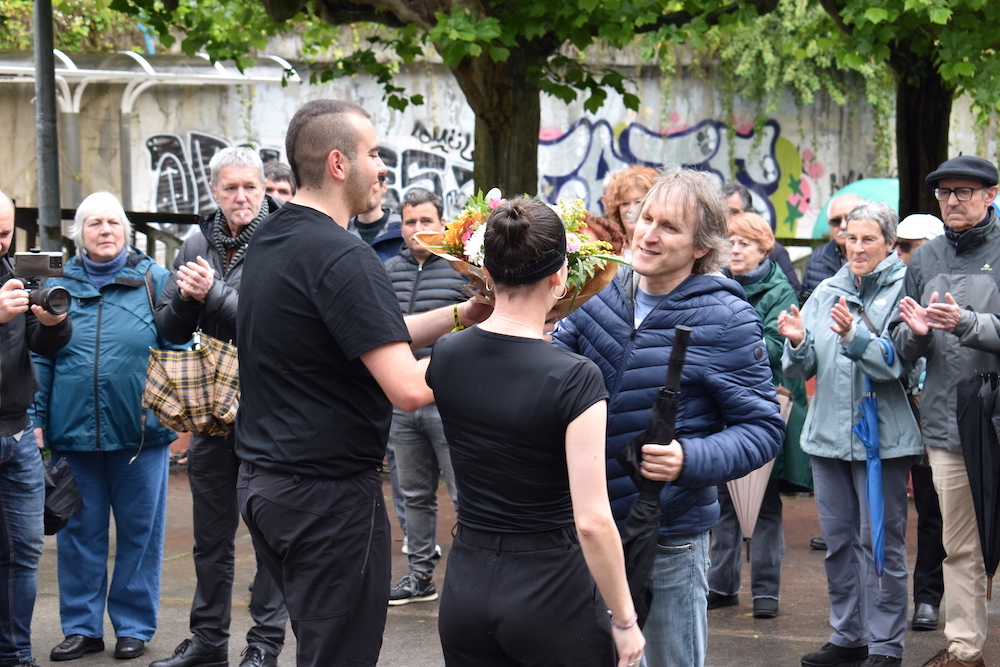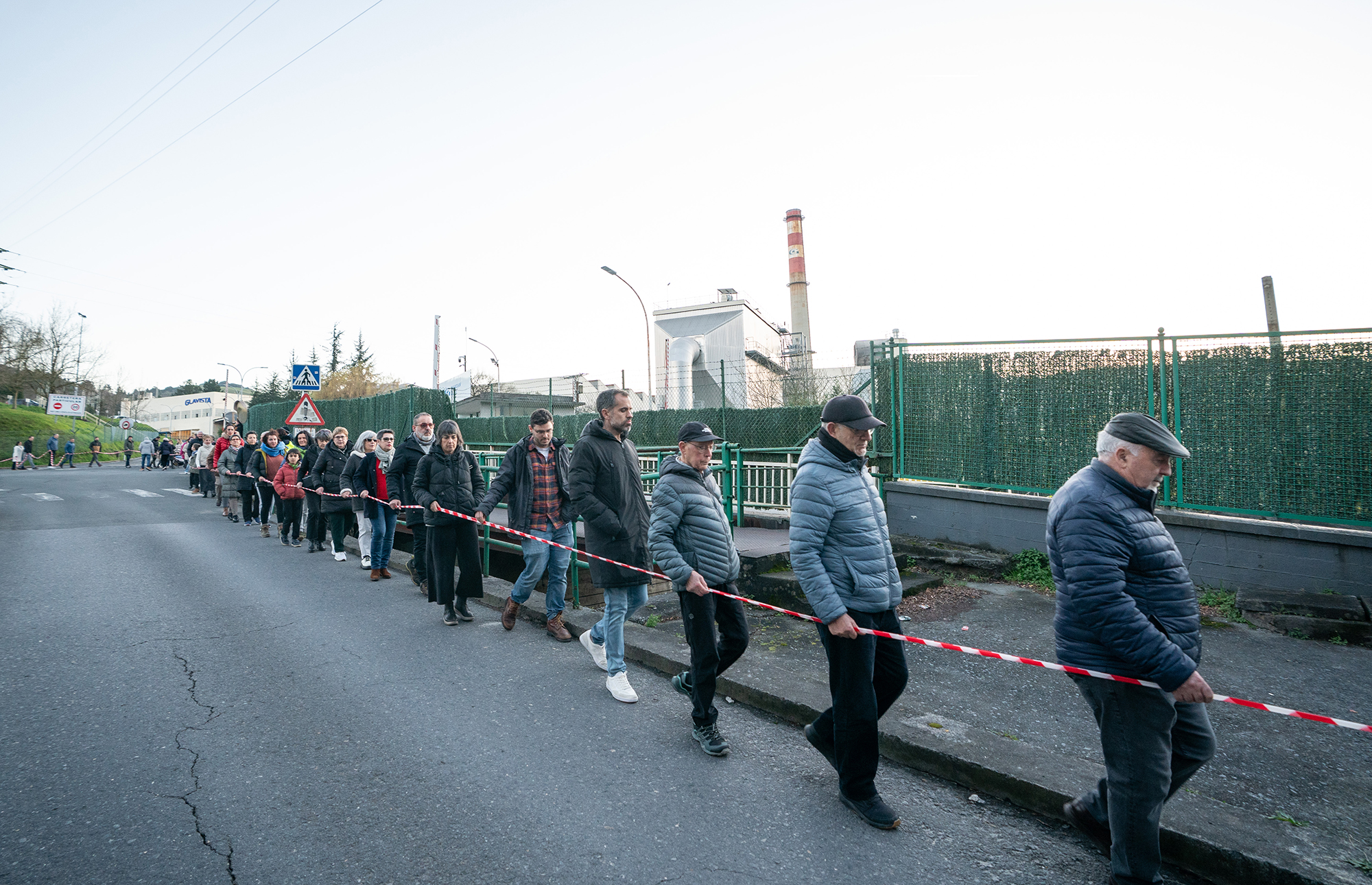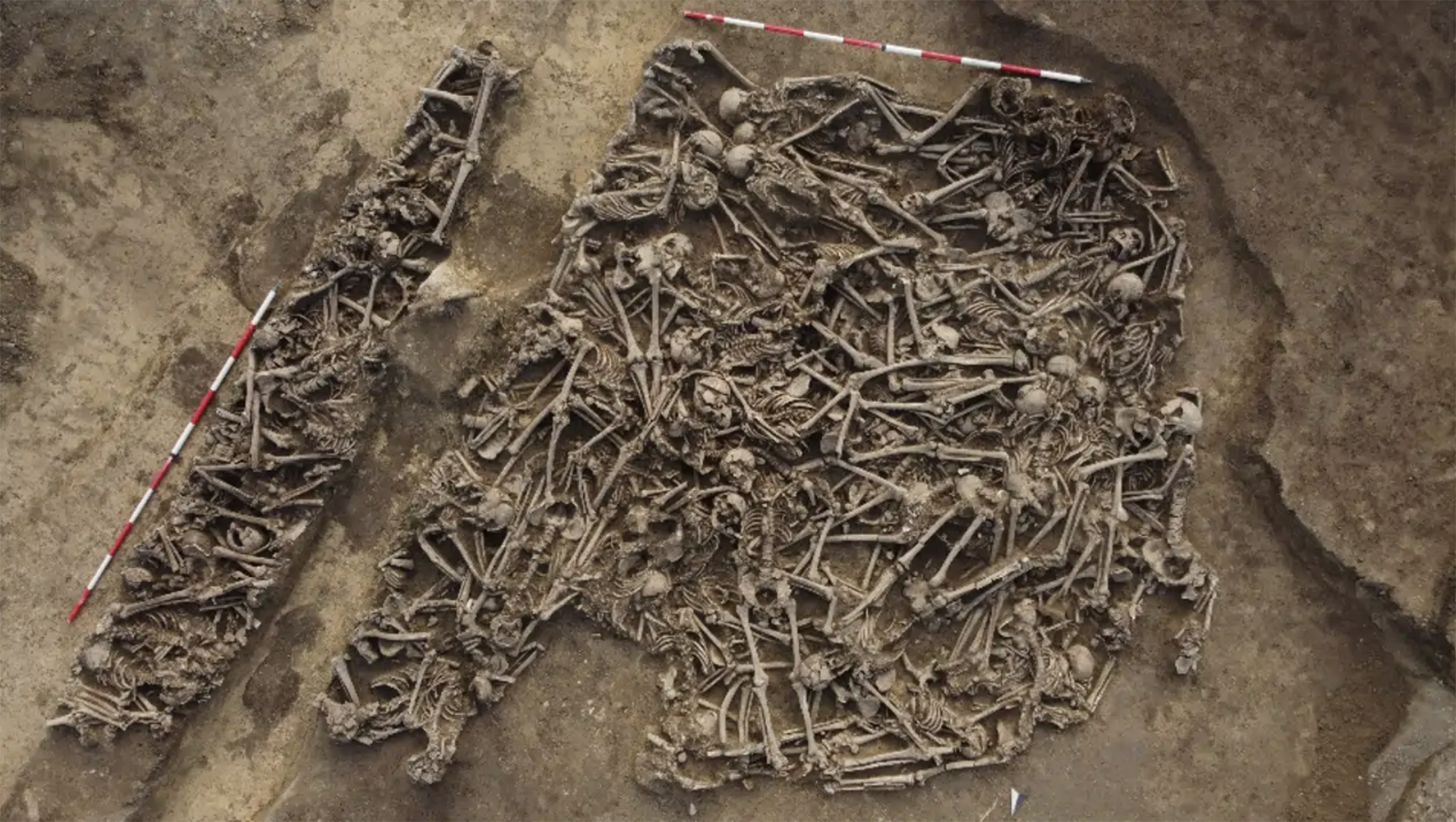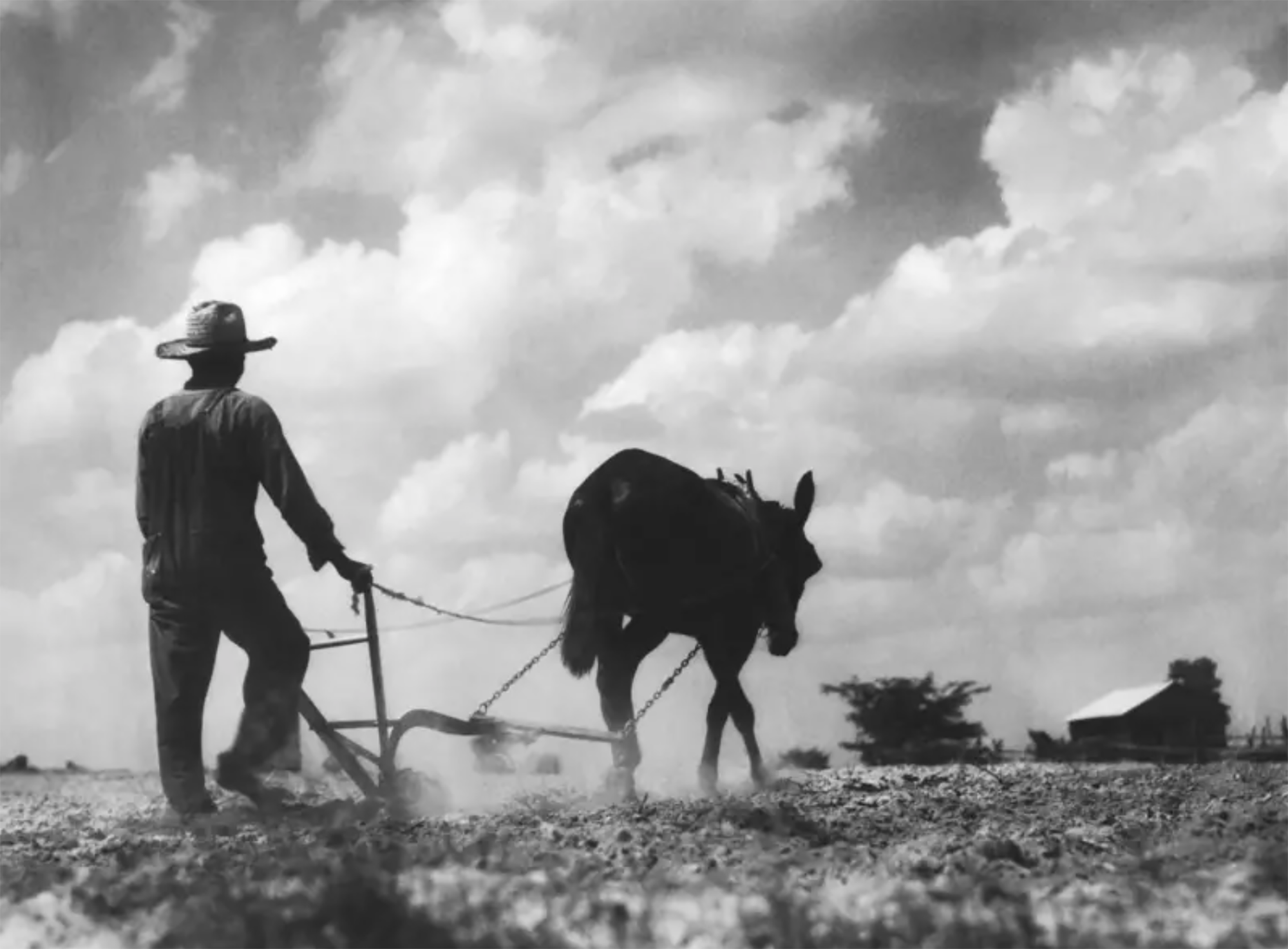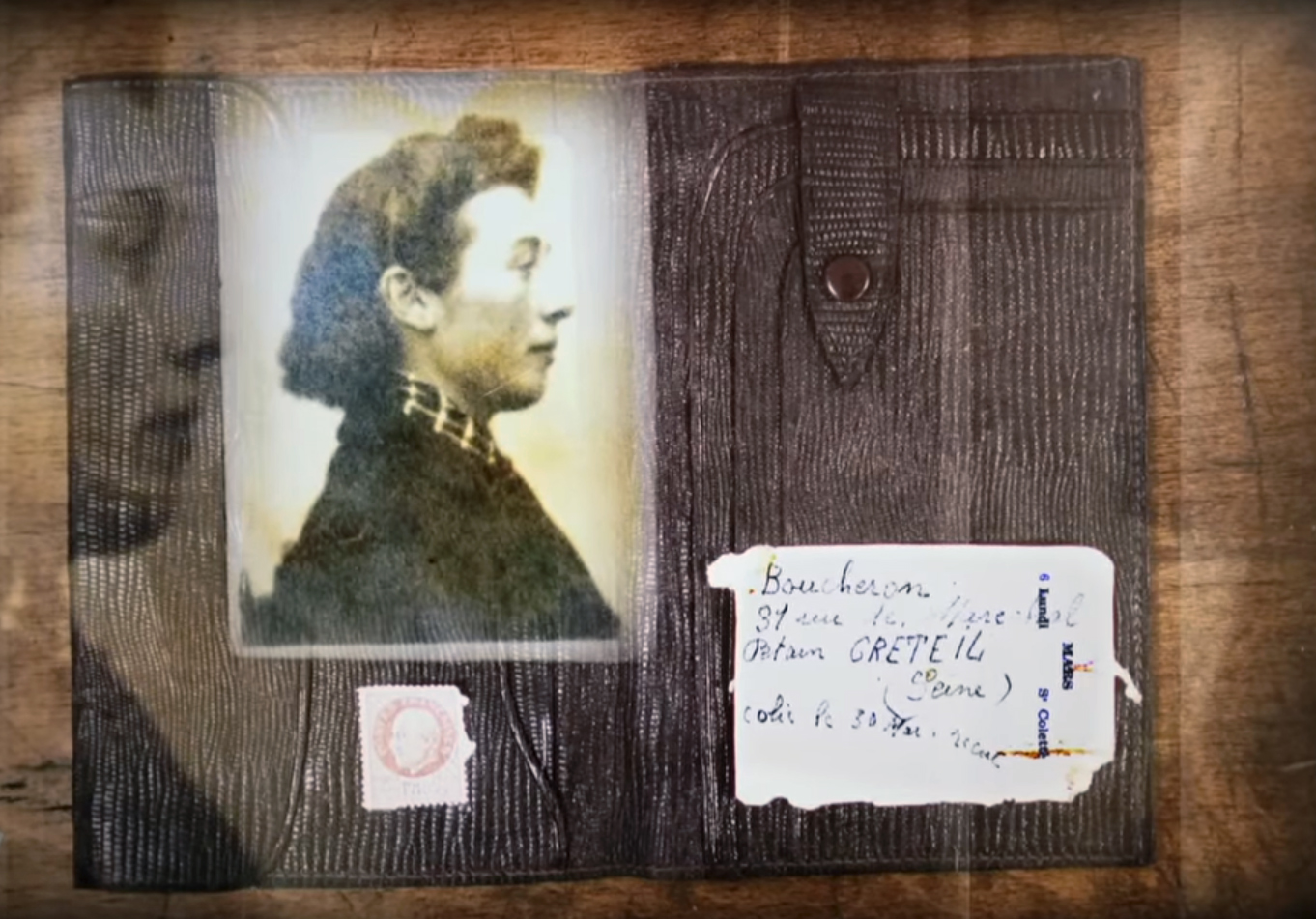Galos, beyond Asterix
- In the time of the Galos. Aquitaine before Caesar Exposition. Where: San Telmo Museum, San Sebastian. Date: until 25 May.
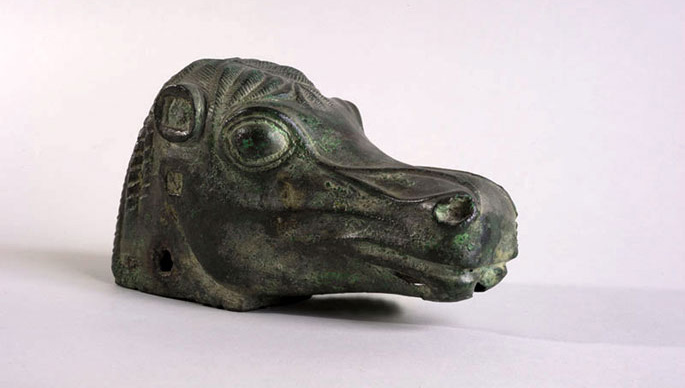
“Today Asterix and Obelix fully symbolize the Galos, despite the mistakes that comics have. And those misconceptions have come to school books,” they are words that the professor of archaeology at the University of Lyon, Matthieu Poux, said in 2011 to the journal Le Figaro. Now, at the San Telmo Museum, in a sample of 1,000 square meters and about 1,600 objects, you can check or deny the almost official version of Goscinny and Uderzo.
The first test will be found by the visitor himself in the portal itself, where an afixan helmet of the exhibition is shown, in which there is no trace of the wings drawn in the hulls of Asterix and his friends. In addition to numerous objects of the time, the exhibition has been rounded off through the reproduction of a Galo people. The first elements that attract attention in the living room are the square structures of the buildings; the Galos did not live in circular floor houses like Asterix and Obelix. And the difference is more pronounced, deeper, looking at the barn reproduction next to it. The Galos were farmers and farmers. And they also worked the metal, because at the exhibition a workshop has also been set up to work the bronze.
The Frenchmen did not live in the forest or in the forest. But this false idea is not only attributable to Asterix. During the Revolution of 1789, and later in the time of Napoleon, the myth of the Galos fighting to maintain the old life linked to nature spread: le bon sauvage.
Hundreds of items in the exhibition show that the Galos had little “savage”. There are weights in the looms, hair clips, keys, bracelets, coins… These objects, in addition to everyday life, reveal the relationships of the Aquitaine Galos with the surrounding villages. Through the rivers came the products of the Mediterranean, as well as the salt from the Atlantic coast. Luxury tableware shows that there were also products of Greek, Etruscan and Roman origin.
But that doesn't mean that the Galos weren't good warriors. In the absence of the magic potion prepared by the druid, knowledge of metals and weapons would probably influence this. Swords, arrows, helmets and spears show that they were skilled blacksmiths and tankers. I mean, the Galos were full of them in the Metal Age, they had left the Neolithic behind. Therefore, the menhir that usually brings Obelix back does not have historical logic.
A sign of this is the section dedicated to the site of Lacoste, a gem for lovers of archeology. The objects found indicated that it was a commercial and artisanal center of the Iron Age, in contact with Celts and Aquitans, among others. Asterix cannot and must not compete with the scientific tests of archaeology. It seems that success has given Asterix the responsibility of educating in history, but, after all, it is a comic and, therefore, fantasy and exaggeration, the wings of the helmets and the menhires on the back are allowed.
And yet, he couldn't resist the temptation to make a final correction. As the subtitle (“Aquitaine before Caesar”) indicates, the chronology of the exhibition ends in Romanization. The “emperor” Julius Caesar is one of Asterix’s leading comic book characters. But Julius Caesar never had that title; his successor, Augustus, was the first emperor of Rome.
In the Chinese province of Shanxi, in a tomb of the Tang dynasty, paintings depicting scenes from the daily lives of the dead are found. In one of these scenes a blonde man appears. Looking at the color of the hair and the facial expression, archaeologists who have studied the... [+]
Carthage, from B.C. Around the 814. The Phoenicians founded a colony and the dominant civilization in the eastern Mediterranean spread to the west. Two and a half centuries later, with the decline of the Phoenician metropolis of Tyre, Carthage became independent and its... [+]
Salvador Puig Antich frankismoaren kontrako militantea izan zen. Askapen Mugimendu Iberikoko kidea, 1973ko irailaren 25ean atxilotu zuten. Gerra-kontseilua egin zioten, eta garrotez exekutatu zuten handik sei hilabetera, 1974ko martxoaren 2an. Aurtengo otsailean baliogabetu du... [+]
Rudolf Botha hizkuntzalari hegoafrikarrak hipotesi bat bota berri du Homo erectus-i buruz: espezieak ahozko komunikazio moduren bat garatu zuen duela milioi bat urte baino gehiago. Homo sapiens-a da, dakigunez, hitz egiteko gai den espezie bakarra eta, beraz, hortik... [+]
Böblingen, Holy Roman Empire, 12 May 1525. Georg Truchsess von Waldburg overthrew the Württemberg insurgent peasants. Three days later, on 15 May, Philip of Hesse and the Duke of Saxony joined forces to crush the Thuringian rebels in Frankenhausen, killing some 5,000 peasants... [+]
During the renovation of a sports field in the Simmering district of Vienna, a mass grave with 150 bodies was discovered in October 2024. They conclude that they were Roman legionnaires and A.D. They died around 100 years ago. Or rather, they were killed.
The bodies were buried... [+]
Washington, D.C., June 17, 1930. The U.S. Congress passed the Tariff Act. It is also known as the Smoot-Hawley Act because it was promoted by Senator Reed Smoot and Representative Willis Hawley.
The law raised import tax limits for about 900 products by 40% to 60% in order to... [+]











